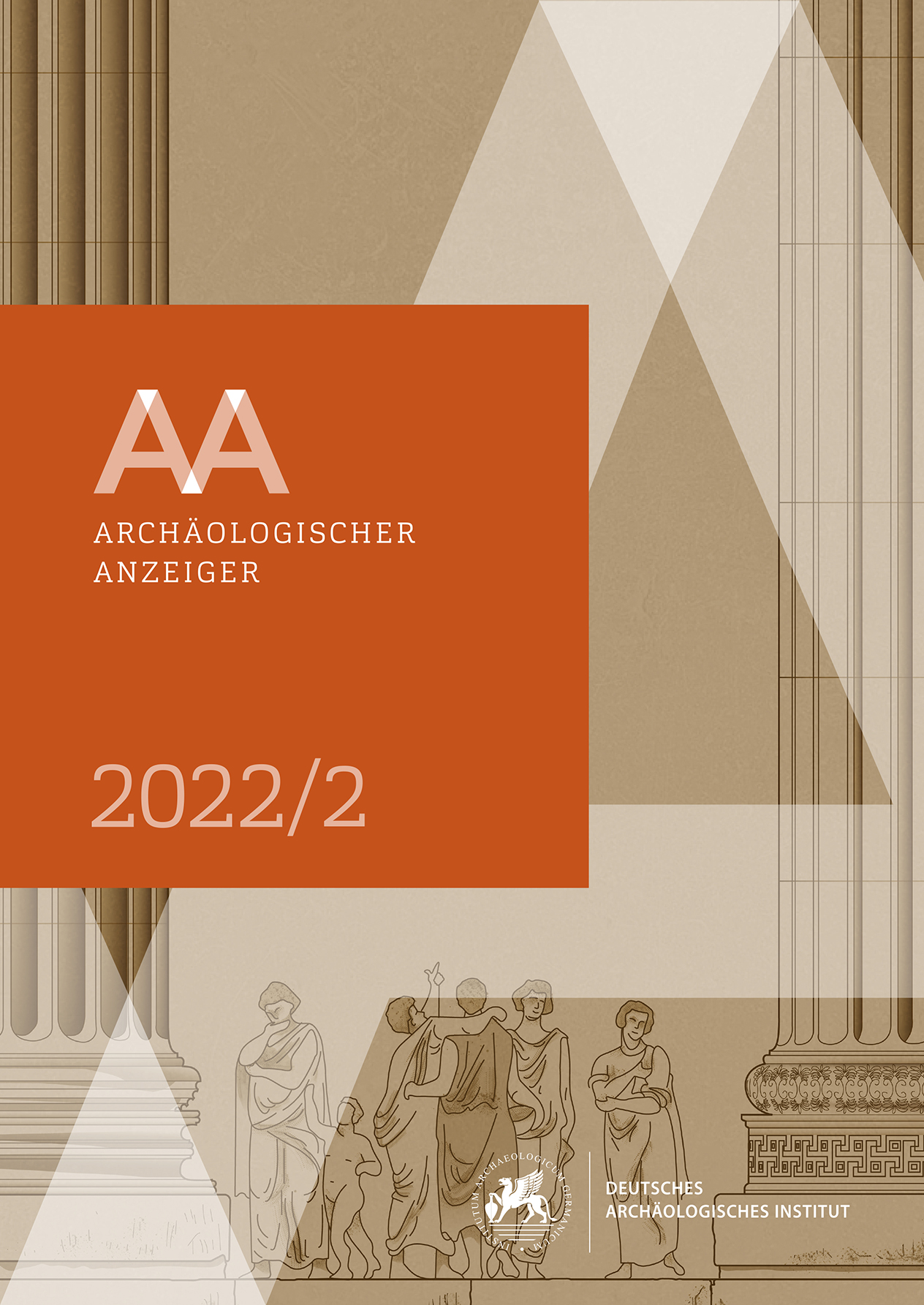A Landscape of Surveillance
Investigating Hellenistic Fortifications and Potential Networks of Interaction in the Pergamon Micro-Region
https://doi.org/10.34780/d6lg-362f
Resumen
This study presents a three-pronged landscape approach that combines visibility analyses, site location analyses, and the modeling of movement in an open-access environment as a comprehensive means of assessing degrees of surveillance and control of a territory. The study focuses on the Pergamon Micro-Region under the Attalid dynasty in the turbulent Hellenistic era. While unrestricted and permanent access to the surrounding core territory was vital to their success, our knowledge of the rural fortifications and the protection of this particular region is fragmentary. We have therefore carried out a full analysis of all the known fortifications in the Pergamon Micro-Region in terms of their function and ability to monitor and control the surrounding landscape from the city. The results yield new insights into Pergamon’s strategic position as a regional center of power and communication through its deployment of rural fortifications to monitor, control and access areas of economic, strategic and military importance. The methodology shows how prominent locations were integrated into a system of defense that lost its functionality after Attalid rule. By also making the developed code of the analyses available alongside the study, we make our assumptions and decisions transparent and reproducible, encouraging readers to perform and test the analyses, or further develop them for their own specific research question.
Palabras clave:
Pergamon, landscape archaeology, fortification, visibility analysis, topographic position index, geomorphons, isochrones, reproducible research





